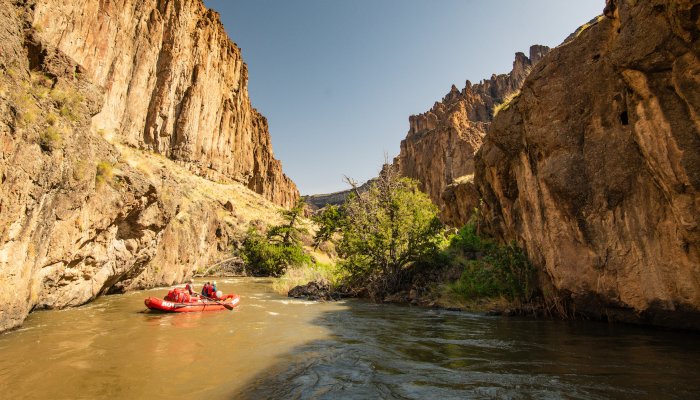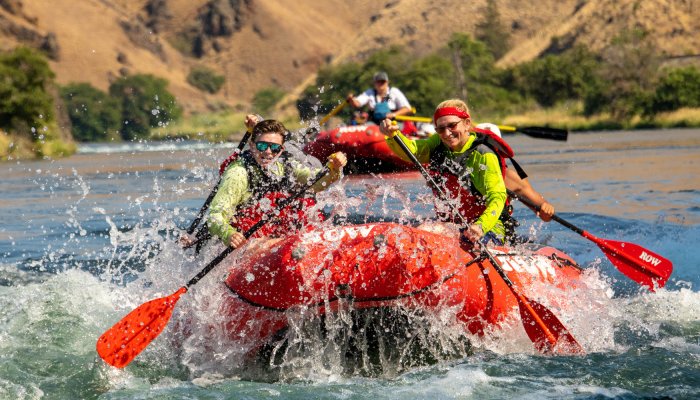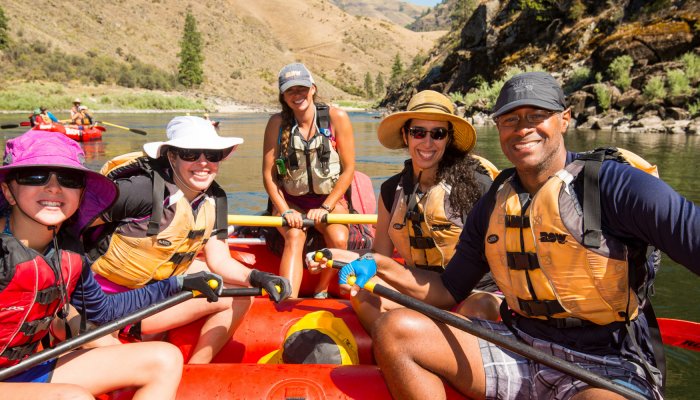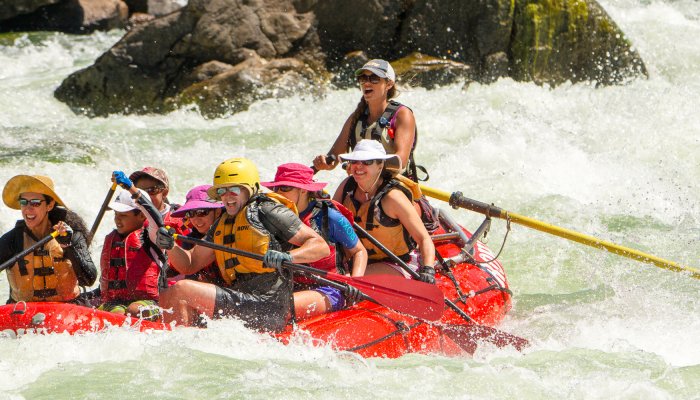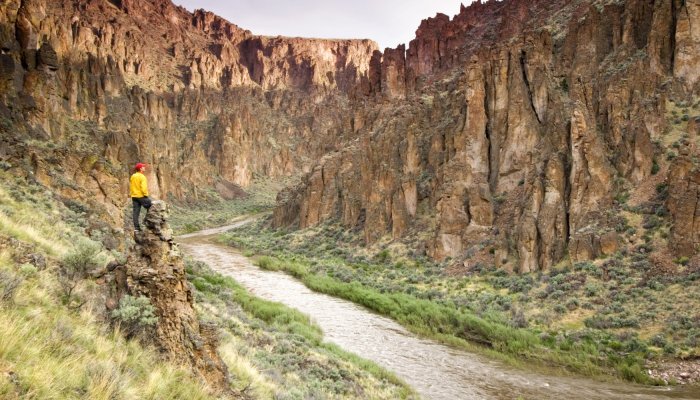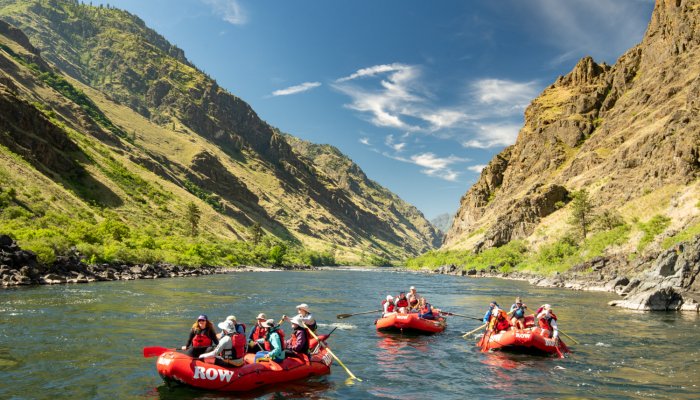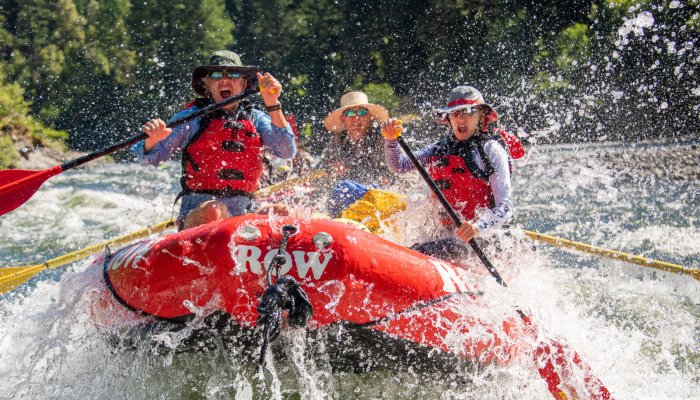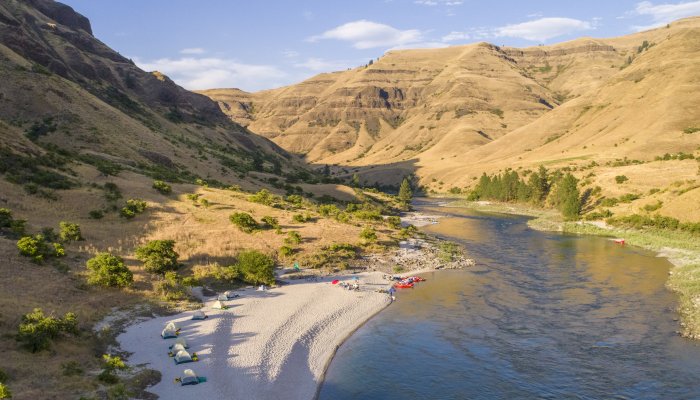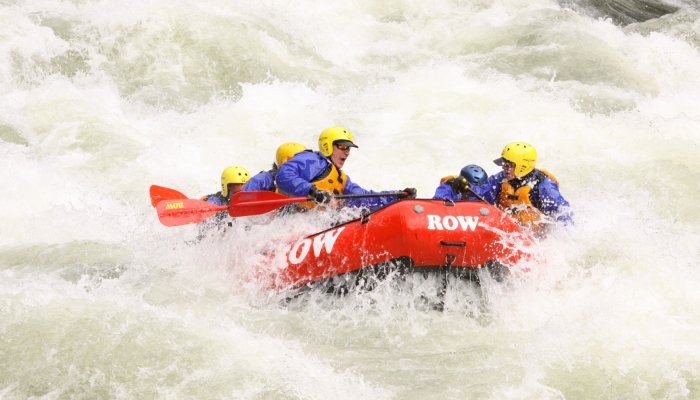Understanding Whitewater Classifications
Created by the American White Water Association to evaluate rivers around the globe, the International River Grading System categorizes stretches of river based on their difficulty. It reflects the skill level and technical challenges associated with the section of river and is applied in a variety of water sports that include whitewater rafting, kayaking, and canoeing.
Whitewater Rafting Levels of Difficulty
Rapids are classified according to six categories, each of which is referred to as a “Grade” or “Class”. It’s important to be aware that the grade of a river often changes with the level of the flow and some rapids with the same grade can be more difficult or easier than others. In some cases, these are identified by a + or - sign. Keep in mind that an entire section of river will be identified as a particular grade or class, but may contain short sections that are above or below that grade. Most guides use the term “class” rather than “grade.” They might say for example, “Look at that gnarly hole just behind that pour over. That makes this a Class IV for me.” To learn more about whitewater terms, check out our white water lingo blog.
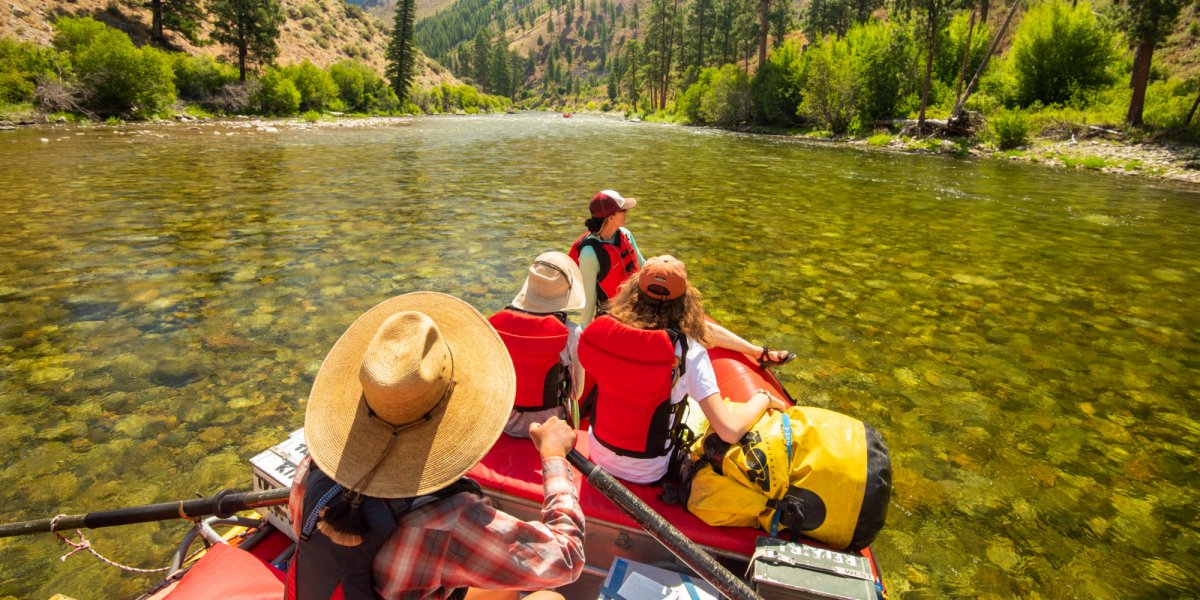 Example of Class 1 on the Middle Fork of the Salmon River in Idaho
Example of Class 1 on the Middle Fork of the Salmon River in Idaho
Class/Grade I Rapids
Fast-moving water with small waves and few obstacles, offering a relaxing way to experience a river and soak up the scenery.
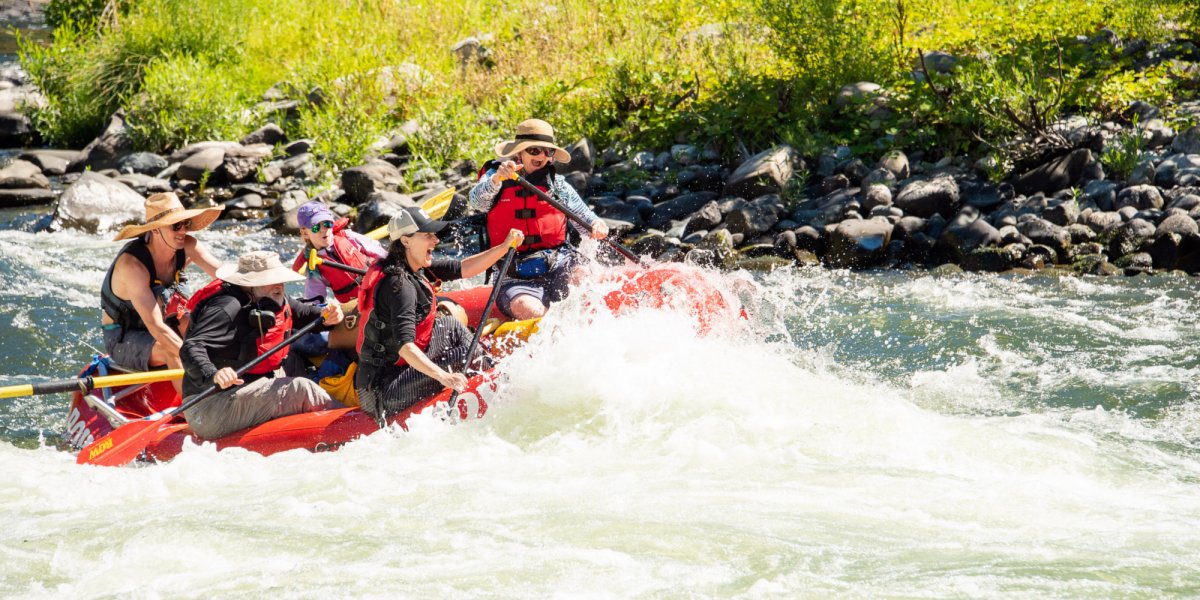 Example of Class II on the Rogue River in Oregon
Example of Class II on the Rogue River in Oregon
Class/Grade II Rapids
Gentle rapids with mostly wide channels that can be negotiated with ease. May feature rocks and waves of medium height unlikely to turn a boat over, that can be easily negotiated, offering a fun and rollicking ride.
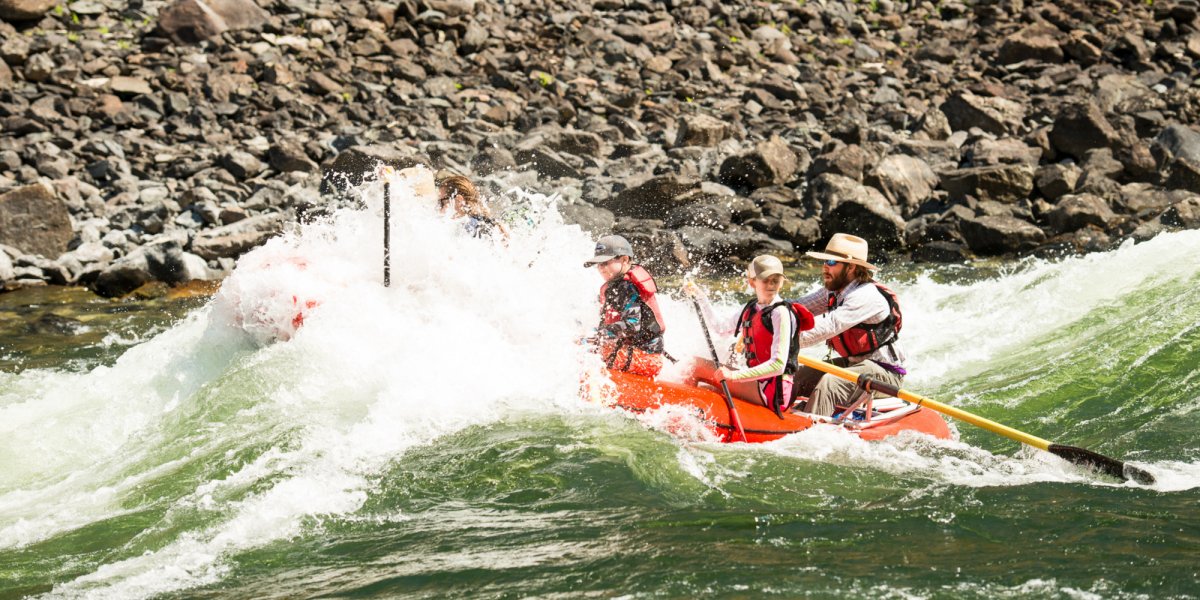 Example of Class III on the Salmon River in Idaho
Example of Class III on the Salmon River in Idaho
Class/Grade III Rapids
Rapids with moderate, waves. Waves in Class III rapids could swamp a boat, but are usually easy to avoid. There may also be some narrow passages to negotiate. Complex maneuvers may be required, with strong eddies and powerful currents that can be challenging for inexperienced rafters.
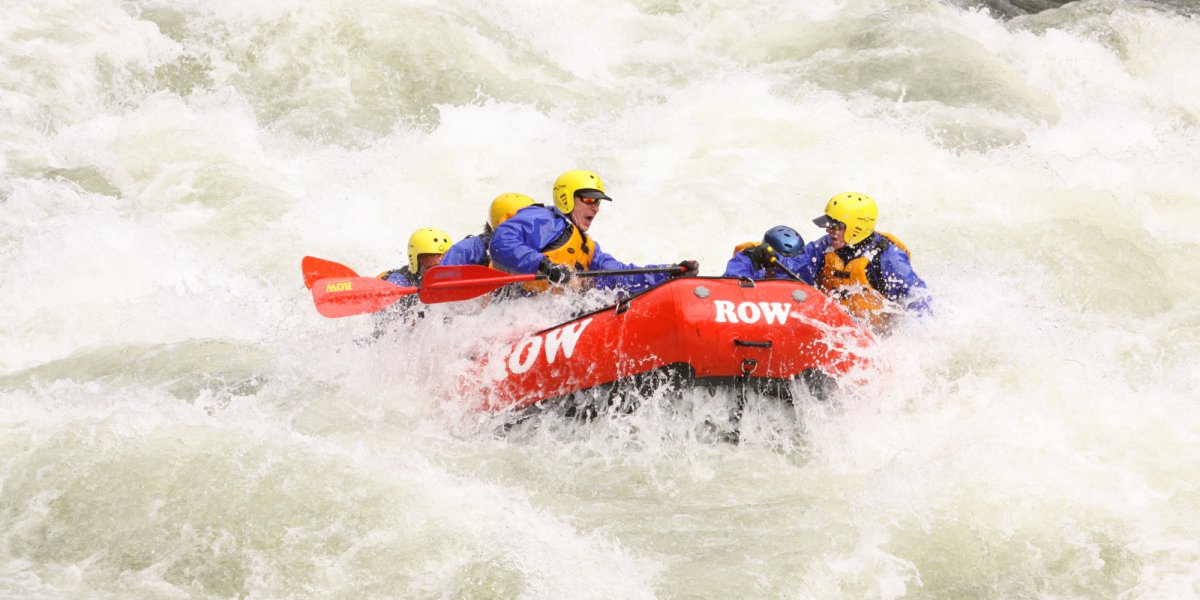
Example of Class IV water on the mightly Lochsa River in Idaho
Class/Grade IV Rapids
Powerful but generally predictable rapids, with tight passages and turbulent water that requires precise maneuvering. Quick thinking and fast maneuvers are sometimes required. Large, unavoidable waves are often encountered, together with other hazards that require a skilled guide. When not familiar with a particular Class IV rapids, guides will often stop to scout (look at) the rapid before running it. Interested in learaning more? Read our guide on the top 3 class IV rivers in the USA.
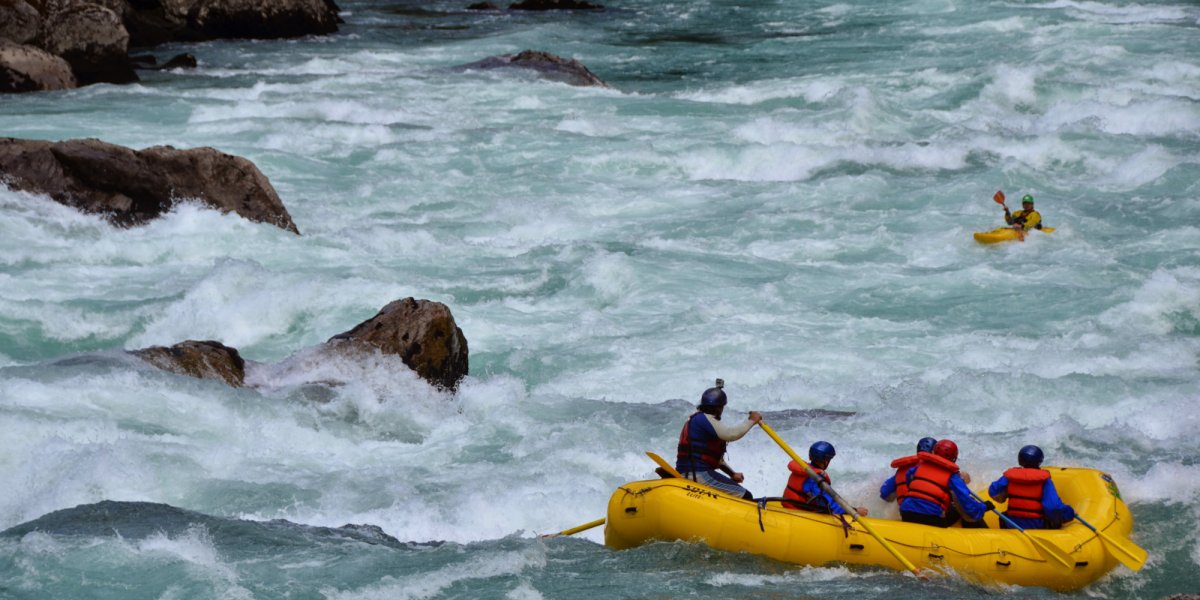 Example of Class V water on the Futaleufu River in Chile
Example of Class V water on the Futaleufu River in Chile
Class/Grade V Rapids
All the challenges of Class IV Rapids but with the addition of large drops, violent rapids and congested chutes for a surefire adrenaline rush. Rapids often continue over long distances, challenging the endurance of paddlers, with turbulent eddies that are difficult to reach. Experience and practical rescue skills are required.
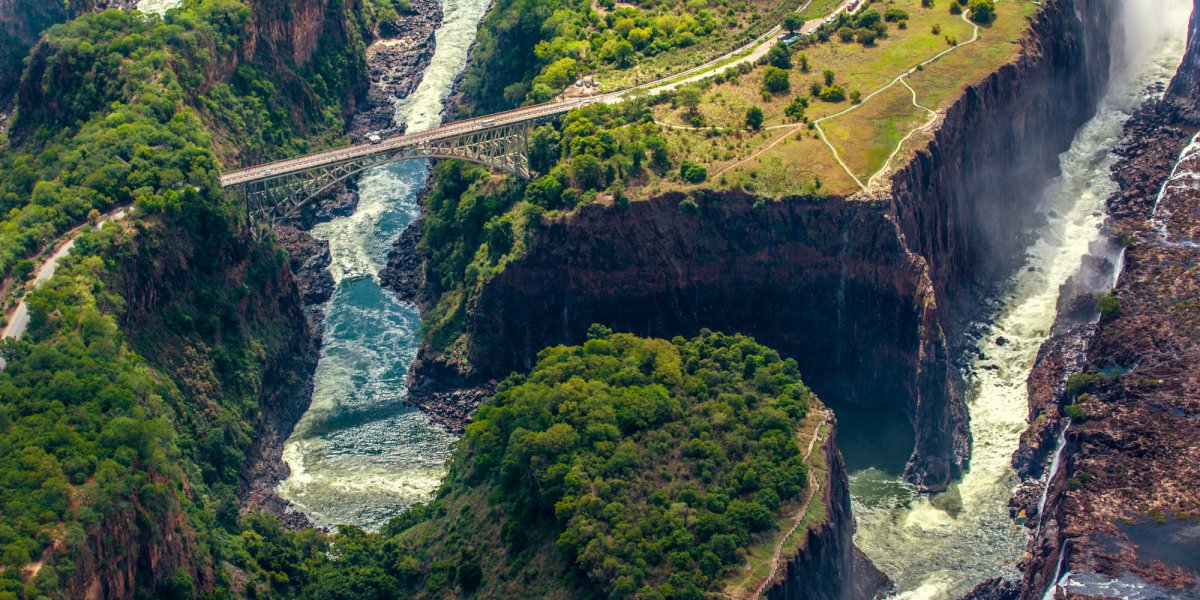
The Zambezi River in Zimbabwe and Zambia offers some class VI whitewater, which comercial rafting companies commonly portage around.
Class/Grade VI Rapids
Rivers that are often deemed “un-runnable”, meaning they are rarely attempted, except by extremely experienced paddlers. They’re too dangerous and unpredictable to be tackled on outfitter rafting trips, with rescues often impossible and the consequences of errors severe.
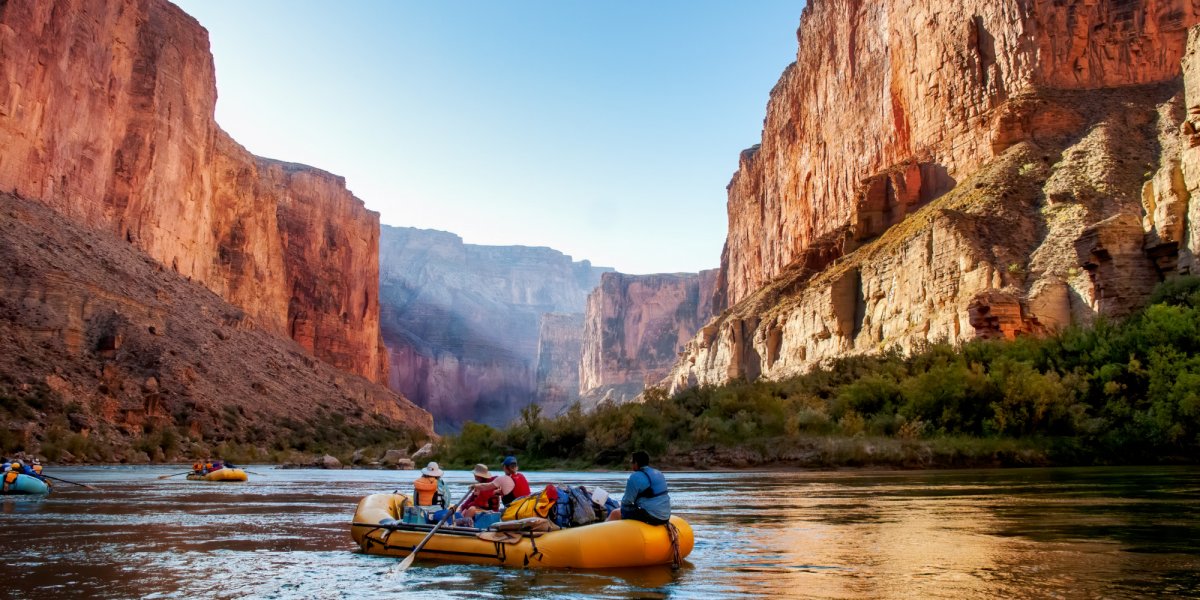
The Grand Canyon
The Grand Canyon had its 1-10 ratings applied before the International River Grading System was introduced and it remains in use today. A Class 10 rapid on the Colorado River translates to a Class IV rapid on the international scale.
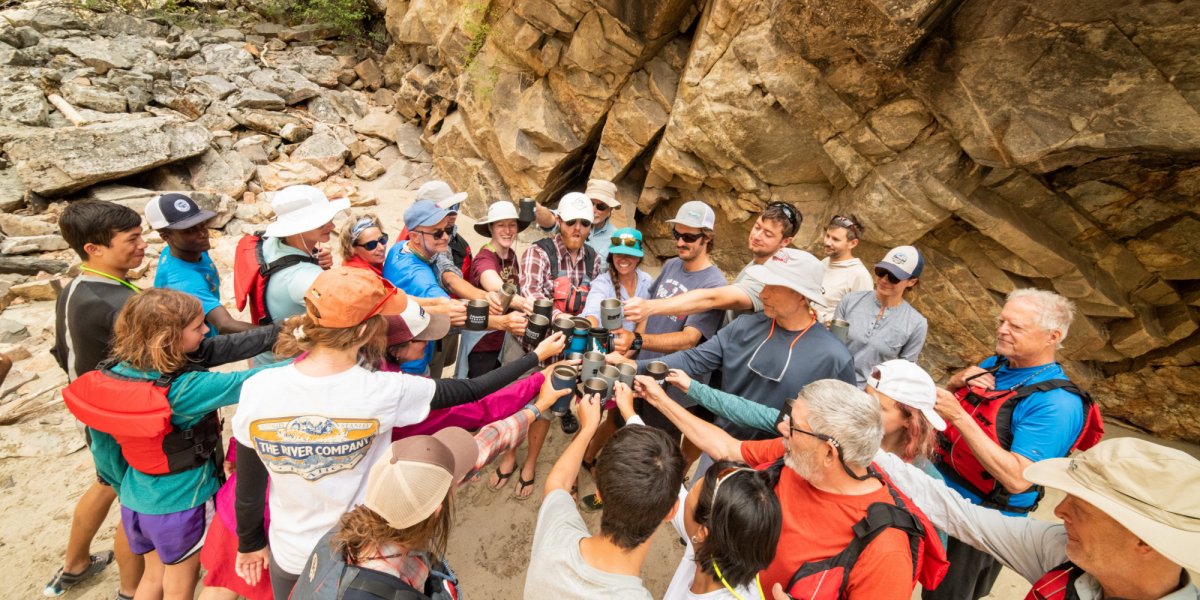
Group of rafters on the Middle Fork of the Salmon River in Idaho
How to Select the Perfect River Trip
Many factors go into choosing a river that will be the best fit for you. These might include the type of scenery, time of year, length of trip and who else is on the trip. How difficult the rapids are is also an important consideration and before you sign up for a river rafting trip, it’s important to understand the classification system and what this means. Your paddling experience, risk tolerance and the adrenaline rush you’re seeking will determine the river that’s right for you. When making this decision, also remember to consider the experience levels of your family and/or travel buddies. Most of the rivers that are popular among rafters are between Class/Grade II to IV on the International River Grading System.
When you book a trip, it’s important to remember that flows fluctuate throughout the seasons, so high or low water conditions may alter the classification of certain rapids at different times of the year. High water usually makes rapids more difficult, although some may become easier as obstacles are covered or washed out. Conversely, some rapids become more technical at lower water, providing a different challenge than high water conditions.
If you’re not sure which rafting trip is right for you, chat with one of our Adventure Consultants. With over 60 years of combined sales and rafting experience, they have a wealth of knowledge to draw from and can match your experience level and interests with a suitable trip.

